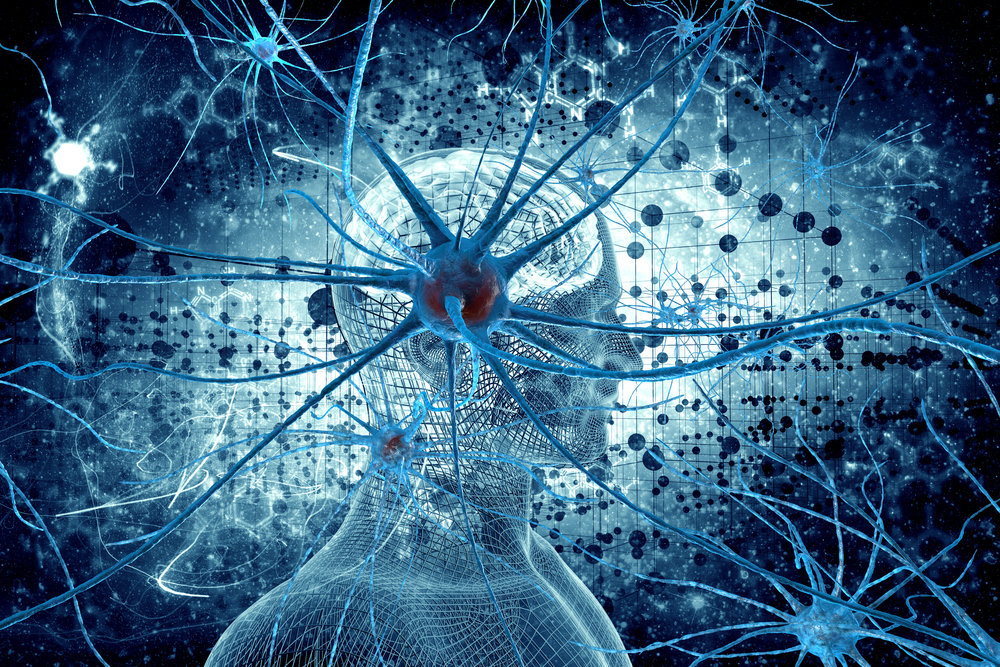Researchers Reveal Brain Network Alterations in Patients with Dementia

Researchers at Newcastle University in the United Kingdom recently revealed their findings on alterations in the brain network of patients with disorders linked to dementia, namely dementia with Lewy bodies (DLB) and Alzheimer’s disease. The study was published in the journal Neurobiology of Aging and is entitled “Divergent brain functional network alterations in dementia with Lewy bodies and Alzheimer’s disease.”
DLB is a common type of progressive dementia that is characterized by a cognitive decline, changes in alertness and attention, visual hallucinations and motor impairment. DLB is responsible for 4 to 8% of the dementia cases, and its symptoms are caused by the accumulation of Lewy bodies within neurons that control memory and motor control. Lewy bodies are deposits of alpha-synuclein protein and the exact function of this protein is not clear, although it is thought to play a role in the communication between brain cells.
Alzheimer’s disease is a neurodegenerative disorder characterized by cognitive and behavioral problems. It is the most common form of dementia in the elderly, with patients initially experiencing memory loss and confusion that gradually leads to behavior and personality changes, a decline in cognitive abilities and ultimately severe loss of mental function. Alzheimer’s disease is characterized by the brain’s formation of amyloid plaques (composed of beta-amyloid proteins), and the loss of the connection between neurons that are responsible for memory and learning, leading to their eventual death.
Patients with early stages of DLB can often be misdiagnosed with Alzheimer’s disease and vice-versa. A better understanding of the etiology of both diseases is therefore required.
In the study, researchers assessed the brain network organization in patients diagnosed with DLB (22 patients) and Alzheimer’s disease (24 patients) through a neuroimaging technique called resting-state functional magnetic resonance imaging (rs-fMRI). This technique provides a functional reflection of the structural brain connectivity which can be altered in patients with neurodegenerative diseases. A control group with 17 healthy individuals was also analyzed.
Researchers found that DLB patients had significantly different global brain network measures when compared to Alzheimer’s patients and healthy controls. DLB patients had broader network alterations than Alzheimer’s patients. DLB patients also exhibited higher connections between close regions and seemed to experience a relative loss of long-range connections in contrast to Alzheimer’s patients who had lower small-connections when both groups were compared to healthy controls. The network alterations in DLB patients were found to be associated with the degree of cognitive impairment and cognitive fluctuations, which led the team to suggest that these metrics could be used as disease biomarkers for an earlier clinical diagnosis.
The team concluded that the brain network is different between DLB and Alzheimer’s patients, and that these differences seem to reflect the brain regions and neuropathological differences associated with each disease.






